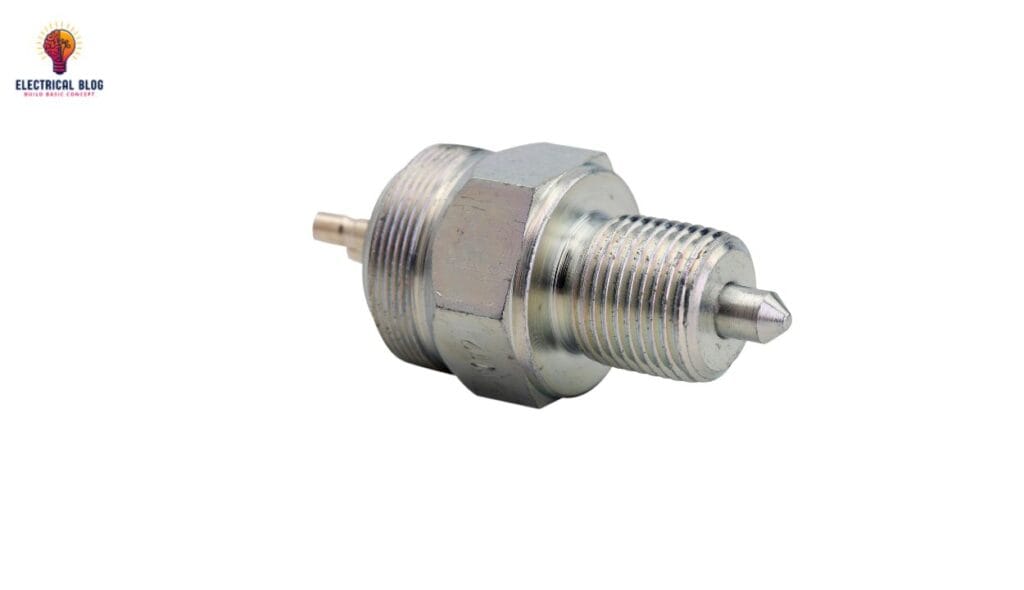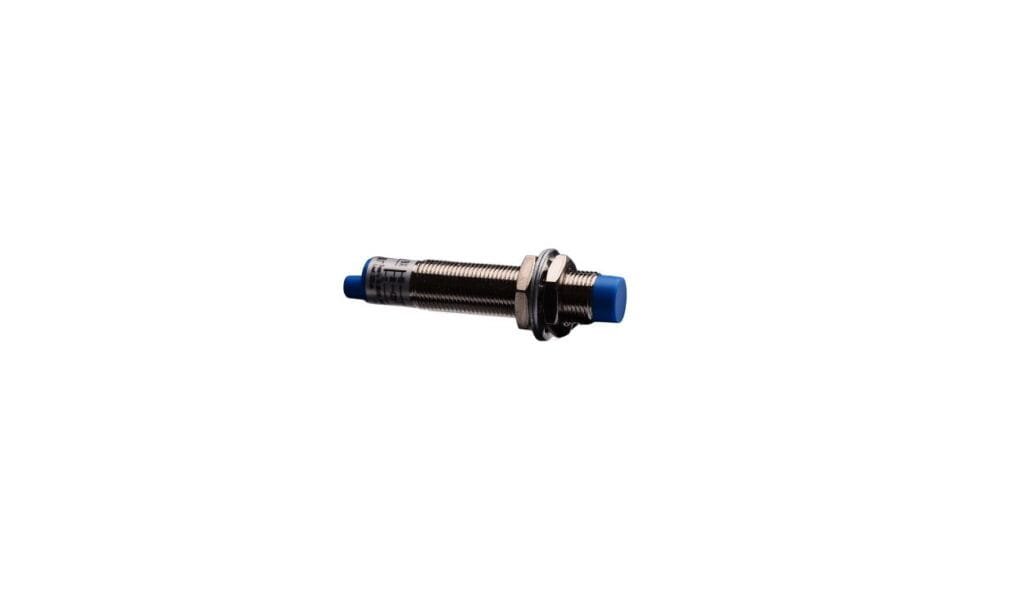Definition of VI Characteristics of SCR
The VI characteristics of an SCR (Silicon Controlled Rectifier) describe how voltage and current behave under different conditions. When voltage is applied across the anode and cathode terminals, the current flow can be controlled by adjusting the gate signal. This graphical representation shows how the current varies as the voltage is varied. The number of points plotted in this graphical representation reveals the behavior of the terminal connections and their response through different operating states.
Circuit Diagram for Obtaining VI Characteristics of SCR
To study the VI characteristics of an SCR, a simple circuit is used. The anode and cathode terminals (A & K) are connected to a source through a load, while the gate terminal (G) is fed by a separate source (Es) that provides a positive signal. When the switch (S) is closed, a current flows, and Va and Ia represent the voltage and current readings.

By varying the voltage source (E) and noting the corresponding current, a plot is drawn. This diagram clearly shows how the current changes as voltage shifts. The elementary diagram helps in obtaining accurate V-I characteristics by carefully adjusting the load and tracking the positive response across the terminals. You can also read De Sauty Bridge.
VI Characteristics of SCR
The SCR is a three-terminal device called a Silicon Controlled Rectifier. It has terminals labeled anode, cathode, and gate. The VI characteristics of SCR describe how voltage and current behave across these points.
The forward characteristics occur when the anode is positive relative to the cathode. As the voltage increases minutely, the current rises slowly until reaching point ‘M’ (the Forward Breakover Voltage). After this, the voltage decreases, and the current rises immediately to point ‘N’.
In the reverse characteristics, the anode becomes negative relative to the cathode. As the voltage increases, a small leakage current flows until reaching point ‘P’ (the reverse breakdown voltage). Beyond this point, the SCR conducts heavily in the reverse direction, causing an avalanche breakdown.
The curve representing the forward response is labeled ‘OMNK’, while the reverse response is shown by the ‘OPQ’ curve in the image. These characteristics are essential to understanding how the SCR behaves under different conditions.
During experiments, adjusting the voltage carefully is important to avoid sudden increases in current. Each response, whether forward or reverse, helps explain how this device conducts under specific conditions. You can also read Torque Equation of a DC Motor.

Various modes in the VI characteristics of SCR
The V-I characteristics of an SCR include three basic modes of operation. These are the Reverse Blocking Mode, Forward Blocking Mode, and Forward Conduction Mode. Let’s discuss each mode one by one for better understanding. You can also read Tan Delta Test.
Reverse Blocking Mode
In the Reverse Blocking Mode, the SCR behaves like an open switch and does not conduct. This happens when the reverse voltage is applied across the anode and cathode terminals. The V-I curve, marked as ‘OP’, shows this OFF state behavior. In this condition, the SCR offers high impedance, preventing current flow in the reverse direction.
As the reverse voltage increases slowly, a small leakage current in the range of milliamperes or microamperes may appear. When the voltage reaches a critical voltage, known as Reverse Breakdown Voltage (VBR), an avalanche breakdown occurs. This results in a sudden increase in reverse current, causing a sharp increase in power dissipation.
During this phase, junctions J1 and J3 are reverse-biased, while J2 remains forward-biased. This behavior is similar to two diodes connected in series with reverse biasing. Exceeding the VBR can cause damage to the device by generating more losses, making voltage control essential for safe operation.

Forward Blocking Mode
In the Forward Blocking Mode, the SCR is forward biased, yet it does not conduct. This happens when the anode is positive with respect to the cathode and the gate switch (S) is open. Even though the SCR is forward biased, it behaves like an open switch in this mode.
In this state, junctions J1 and J3 are forward biased, while J2 is reverse biased. Only a small leakage current, known as the forward leakage current, flows, as shown by OM in the V-I characteristics. Due to this, the SCR offers high impedance and is treated as an open switch during this phase.
Forward Conduction Mode
In Forward Conduction Mode, the SCR starts to conduct when certain conditions are met. Either a positive gate pulse is applied between the gate and cathode, or the anode-to-cathode voltage increases to a critical voltage called Forward Breakover Voltage (VBO). This triggers an avalanche breakdown at junction J2, which is reverse-biased.
Once this breakdown happens, there is a sudden increase in anode current, shifting the point from M to N on the V-I characteristics curve. The current may continue to rise and stabilize anywhere between N and K, depending on the value of the load. Since the load controls the current, the SCR’s conduction range is flexible.
In this state, junctions J1 and J3 are already forward-biased, while J2 remains reverse-biased until the forward breakover voltage is exceeded. The section NK in the V-I curve represents the forward conduction stage, showing how the SCR behaves after reaching this state.
Conclusion
Understanding the VI characteristics of an SCR helps in knowing its different modes of operation. By observing the curve, we can see how the voltage and current behave in Forward Blocking Mode, Reverse Blocking Mode, and Forward Conduction Mode. Each mode has specific conditions that control the SCR’s performance.
Proper control of critical voltage, reverse biasing, and gate pulse ensures safe SCR operation. Managing factors like load and ensuring the point shift along the characteristic curve prevents damage. These insights are key when designing circuits with SCRs.


